As you’re walking across your Northern Virginia lawn, you’d like to enjoy the soft, green grass, as well as maybe a cool, light breeze and some sunshine. You might even want to take a moment to glance up at the clouds in the sky or smell the sweet flowers growing in your landscape beds.
What you don’t want is small, gray-ish colored moths fluttering up and flying right at your face as your feet disturb their path. This kind of spoils the whole moment and your great walk along your lawn.
What does this describe?
This is what it can be like in late summer if you have a sod webworm infestation in your Northern Virginia lawn. In fact, these little pests can be one of the worst for summer, causing some pretty extensive lawn damage that can just wreak havoc on what you’ve spent all summer trying to build.
Let’s learn more about these pests so you can learn how to get rid of sod webworms and about sod webworm control in Northern Virginia.
If You Want to Know How to Prevent Sod Webworms, You Have to Learn A Little Bit About Them
Not many folks who live here love bugs in their lawns. It’s not a great experience to go outside and find something munching on your beloved grass. After you’ve been trying so hard to keep it thick, green, and adding curb appeal to your property, the last thing you need is a small insect ruining everything you put into place.
Luckily, you don’t have to worry about sod webworms for long if you learn how to spot them and what works best for sod webworm treatments in Northern Virginia.
How To Identify Sod Webworms
So, it’s highly likely that you don’t know you have a sod webworm problem right away. But knowing what they look like is one step in the strategy of how to get rid of sod webworms.
The trick is knowing what you’re looking for so you can be able to do something as quickly as possible to control them.
The first thing you might notice as you walk across your lawn are tiny, tan moths that fly up and at you as you walk across your lawn or even mow your lawn. They’ll fly up and move a short distance and then dart back into the grass.
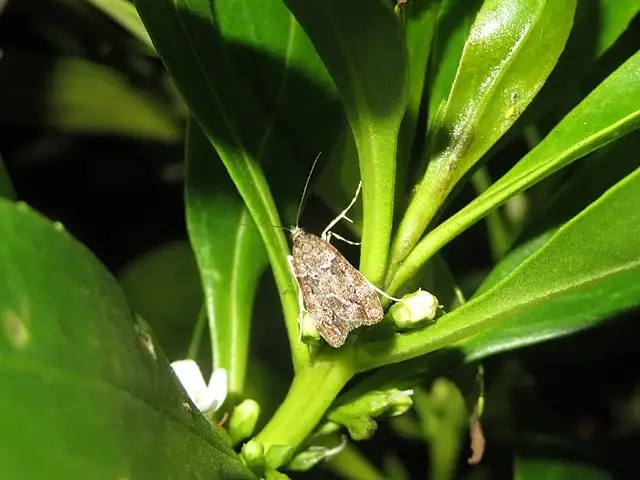
These are the adults. They are buff-colored moths that are roughly ½- to ¾-inch long. Sometimes, you’ll see a small dark line at the top of each of their wing covers. In the front of their heads are two small projections that resemble snouts. When they are at rest, their wings wrap around their body so they look like they have a tubular shape.
At the caterpillar stage – the one that damages your Northern Virginia lawn the most – they can start at ? of an inch and grow up to about 1 inch long. Most sod webworms, depending on the species, are greenish-gray or brownish in color with dark spots scattered along their bodies. The head area will usually be a lighter brown with some dark markings.
A Look Inside the Sod Webworm Life Cycle
Since we can find multiple species of sod webworms in Northern Virginia, there are some that go through one generation each year, while others complete two generations each year. This means they go from eggs to adults once or twice a year.
During the winter, most species hibernate as large caterpillars. They do this in tent-like structures that larvae weave a few inches below the lawn’s surface so they have extra protection against weather extremes – kind of like humans use actual tents to stay warm but sod webworms do this on a much smaller scale.
Then in the spring, they feed for a bit before pupating and emerging as moths. As the female moths fly low just above the surface of the lawn, they pop out eggs. Those eggs land in your lawn and hatch approximately one week later.
These small caterpillars are the nasty ones. They begin feeding on the leaf tissue above the thatch right away. That’s why sod webworm control in Northern Virginia is so important.
Because there are several sod webworm species that can be present, you might see various stages of development in July or August – everything from eggs to small caterpillars to large caterpillars to pupae to adults.
What Do Sod Webworms Look Like?
As you look for these pest problems in your lawn to try to learn how to prevent sod webworms, you might notice the web-lined tunnels they build as protection from temperatures and the elements.
But when you want to see if the caterpillars you see or the moths flying up are sod webworms, you want to look for some specifics.
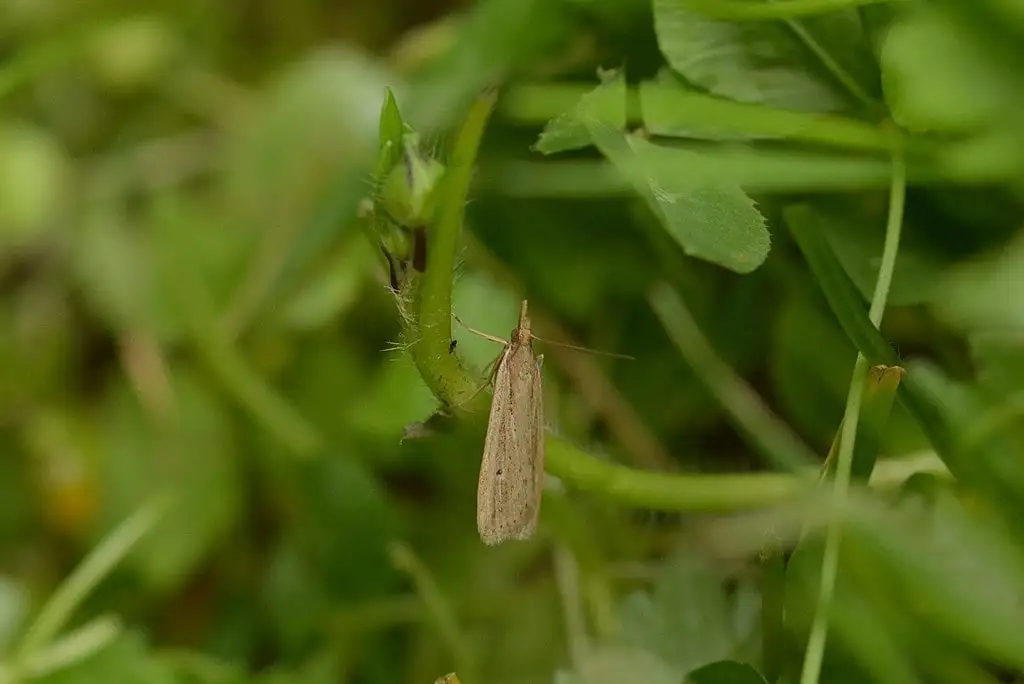
Sod webworm caterpillar bodies can range in color from light green to light brown, and you’ll see distinctive spots on their bodies.
When they become moths, you’re looking for that lightish tan color with those strange, snout-like projections on their heads and wings that seem to wrap around their bodies.
What Does Sod Webworm Damage Specifically Look Like?
This is where you want to pay the most attention because sod webworm damage might be your first sign of pest trouble. And, unfortunately, it could resemble other problems like drought or disease, so you want to act fast if you do suspect insects. You certainly want to know what you’re looking for in your quest for how to prevent sod webworms.
You might see small yellow or brown patches on your leaf blades in patches of your lawn. As the caterpillars eat and grow in size, these patches will also increase in size. Since the caterpillars are nocturnal, you won’t see them on the surface of your lawn during the day. But if you check an area by pulling apart the turf blades gently, you might notice tunnels or burrows in the thatch. You might even see those burrows lined with green pellets, which are the caterpillar’s excrement. If you pull up some dead grass, you might even see the caterpillars beneath.
If you inspect an area of your lawn where you see these patches, you might also notice distinctive webs or web-lined tunnels along the edges. This is another sign of sod webworms.
But it’s likely your lawn care technician is the one who will be finding all of this evidence if you’re having a hard time seeing it since he or she has experience tracking down these identifiers.
What Type of Grass Do Sod Webworms Like Best?
Unfortunately, sod webworms feed on a variety of grasses.
They enjoy lush, healthy turf, which – lucky for you – are the best able to handle insect pressure and stress. That means lawns that are already thinning or lack good health will suffer more extreme consequences of insect attack.
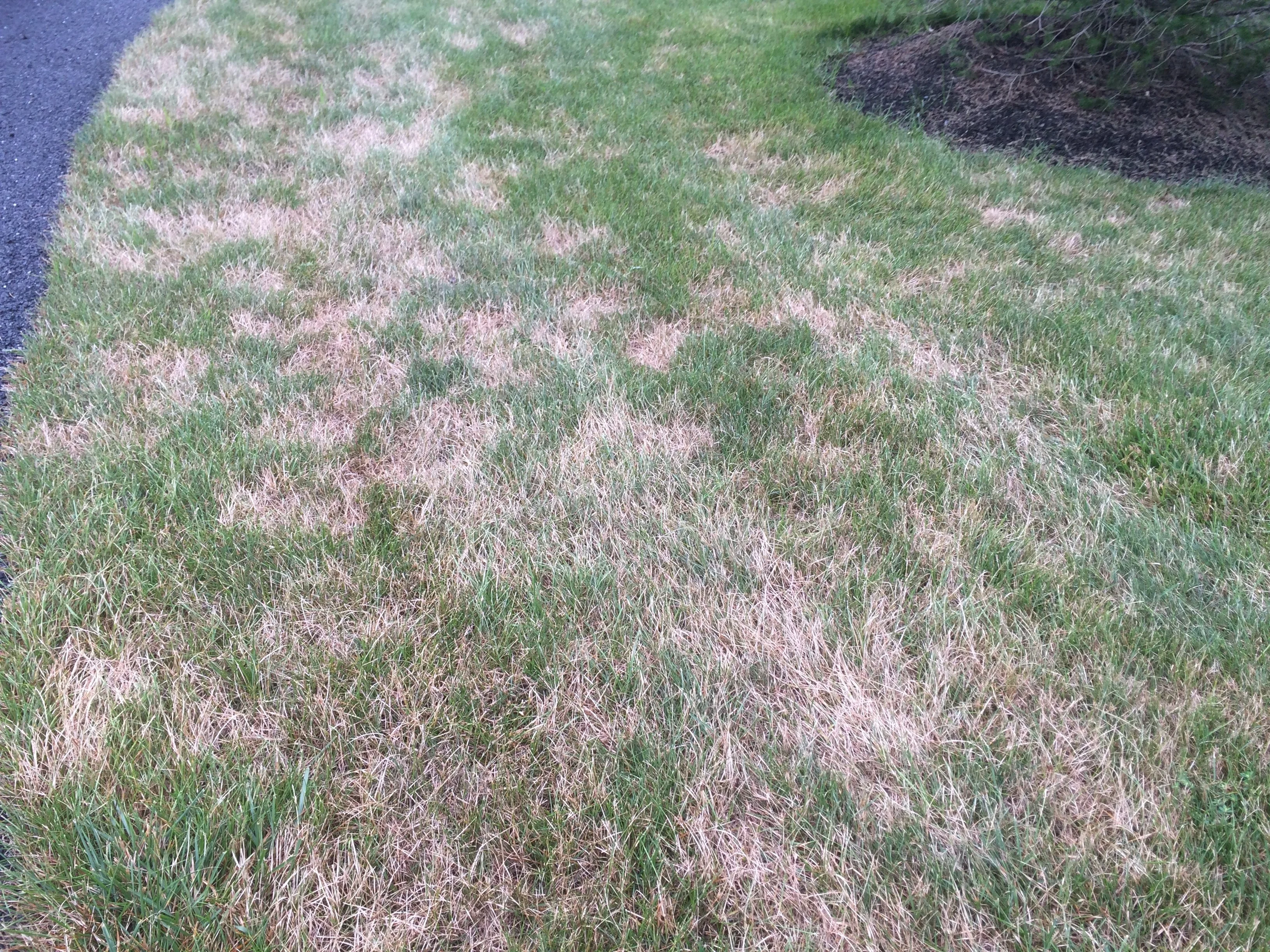
You might notice the most damage during a drought when the weather is warmer in mid- to late summer. The stress of both the insect damage and the drought together can add up on these damage spots.
Also, if you just built a home, you might find sod webworms since the soil microbial activity has been altered as a result of all of the recent home building activity.
Understanding all of this can really help with sod webworm treatment in Northern Virginia.
Getting a Handle On Sod Webworm Control In Northern Virginia
As you can see, sod webworms can be pretty destructive and cause some damage to your nice, green, thick, thriving lawn.
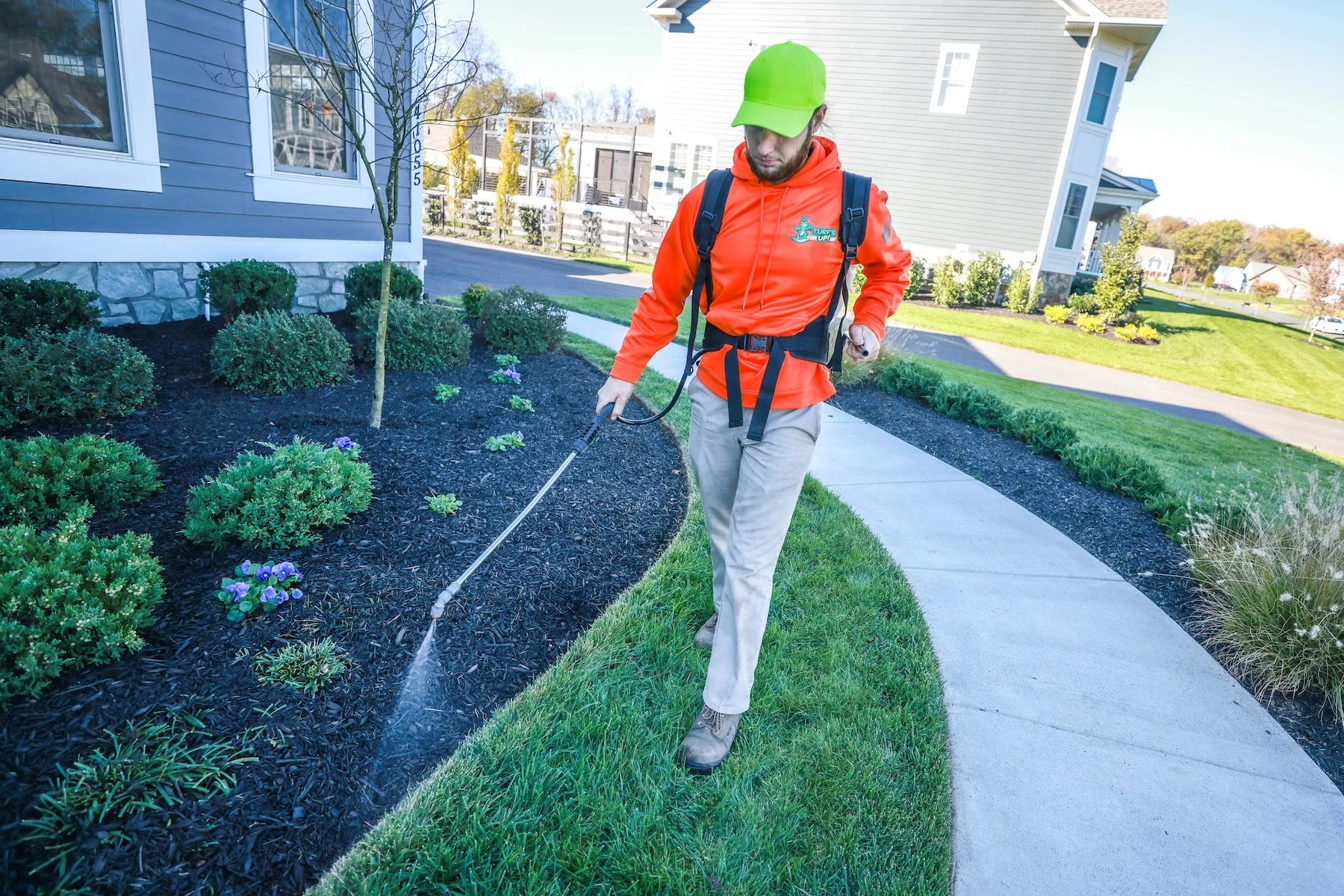
When you find them in your lawn, hiring a lawn care professional to apply a curative insecticide can knock these insects down pretty quickly. This is usually an extra service from a lawn care professional. But you want to catch them when they are young – still around ¼ inch in size, if possible, to ensure the best control.
In addition to an insecticide treatment, sod webworm treatment in Northern Virginia involves good lawn care practices. This includes proper mowing and watering, adequate and correct fertilization, and aeration and overseeding services to help improve your soil and lawn health.
Trust Turf’s Up For Sod Webworm Control In Northern Virginia
Sod webworms are definitely a summer pest in Northern Virginia that you want to stay ahead of to ensure it doesn’t do any major damage to your beloved lawn. Keeping a thriving, green lawn that looks great and has amazing curb appeal means tackling this bug and making sure it stays away.
Turf’s Up would love to help you with sod webworm treatment in Northern Virginia. Our experts are trained at spotting this small pest and getting rid of it before it does too much damage to your lawn so you don’t have to delay your fun summer plans and can enjoy the season bug free.
Ready to learn why Turf’s Up could be your totally awesome choice for lawn care services in Northern Virginia? We’re stoked to learn more about you and help you have the best lawn on the block. Get started today with a free quote. Together, we can prepare a customized plan that is perfect for you and your lawn.
Image Source: Sod Webworm, Sod Webworm Close-Up
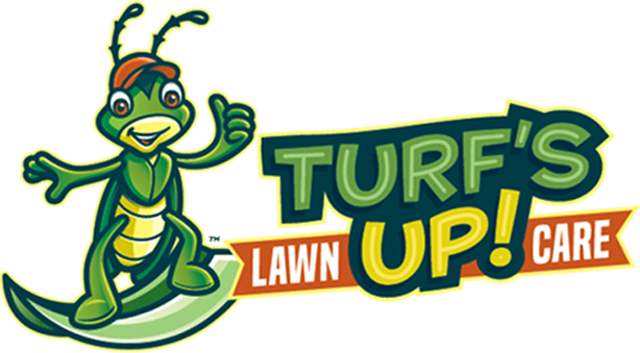
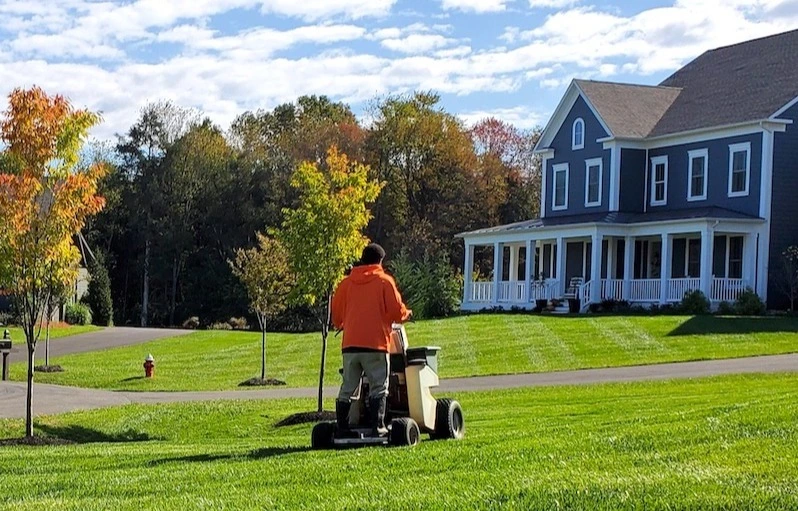





Comments (0)
Thanks for your comment!
Thanks for your feedback! Your comments have been successfully submitted! Please note, all comments require admin approval prior to display.
Error submitting comment!
There is a problem with your comment, please see below and try again.